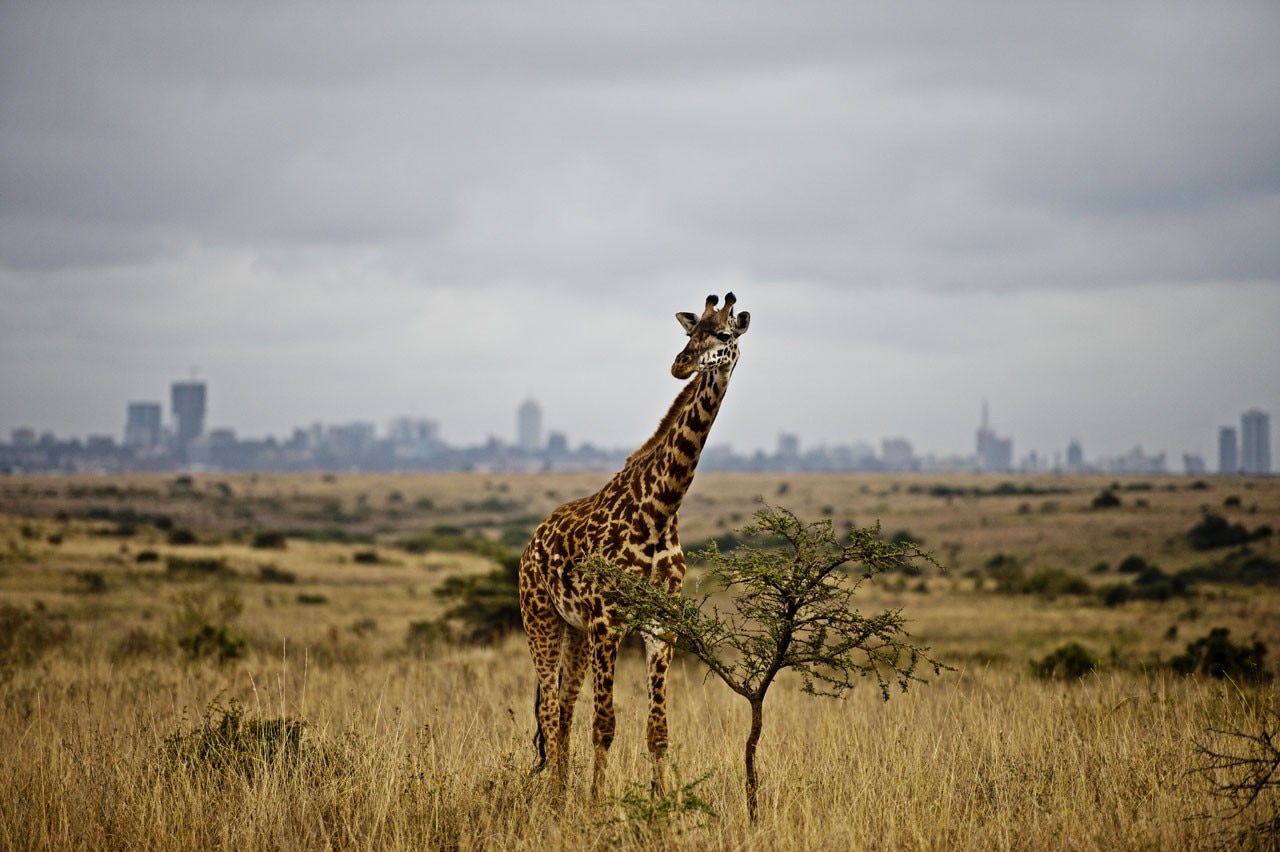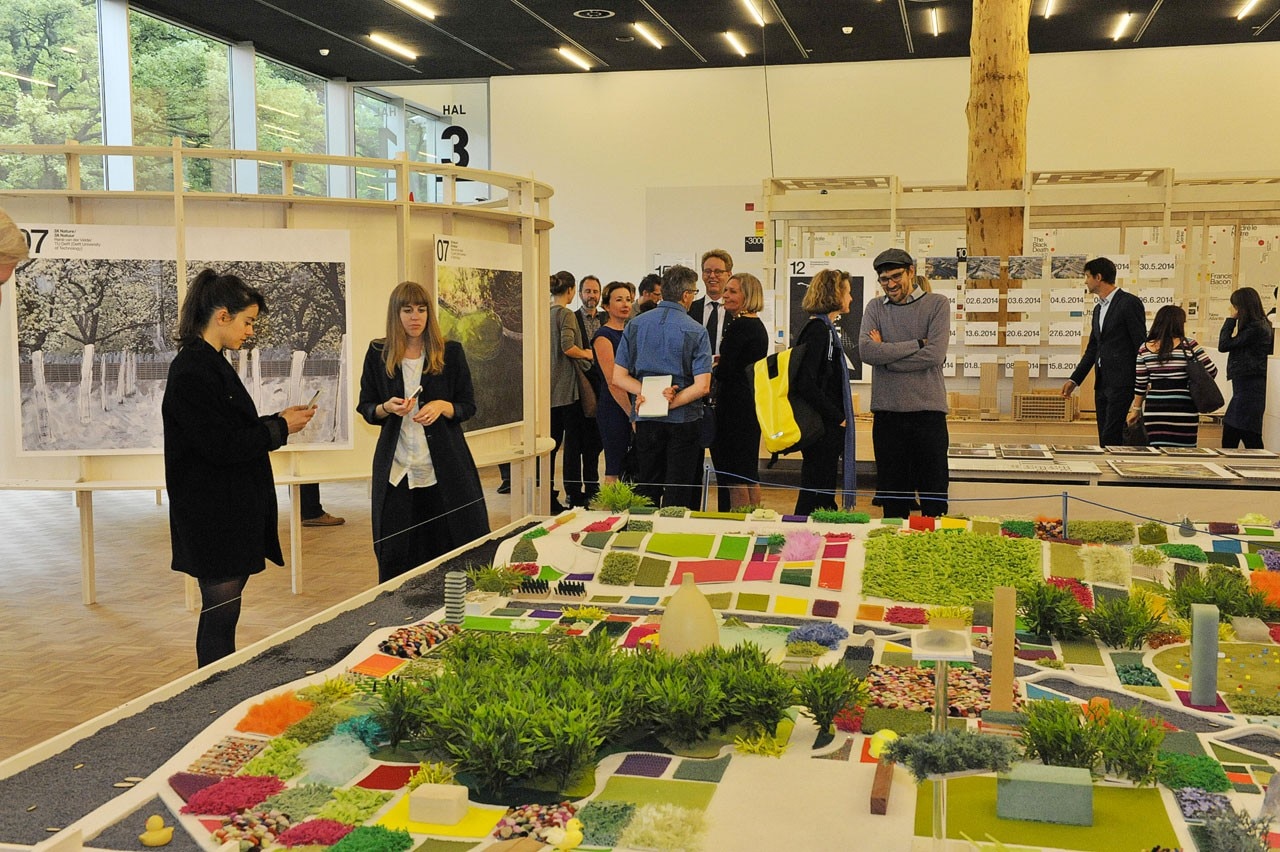
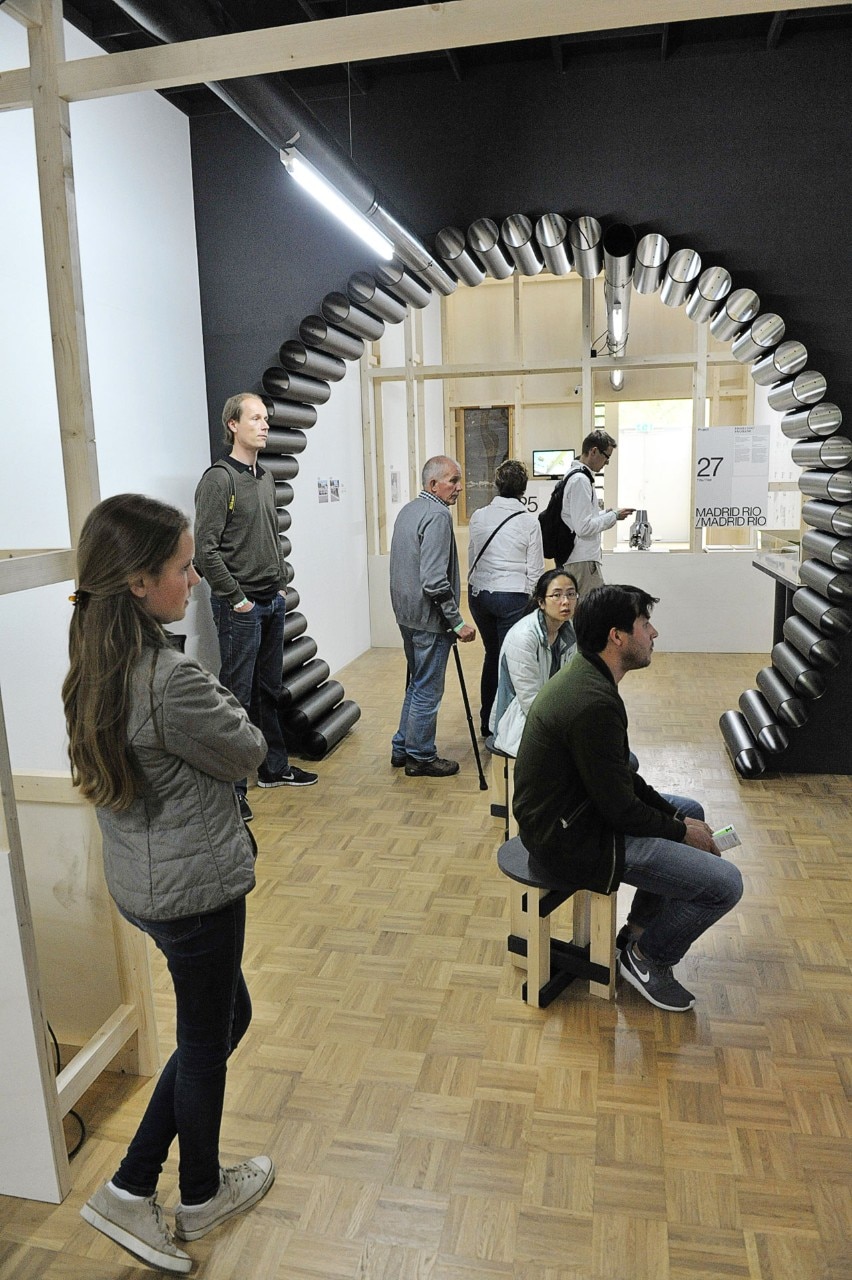
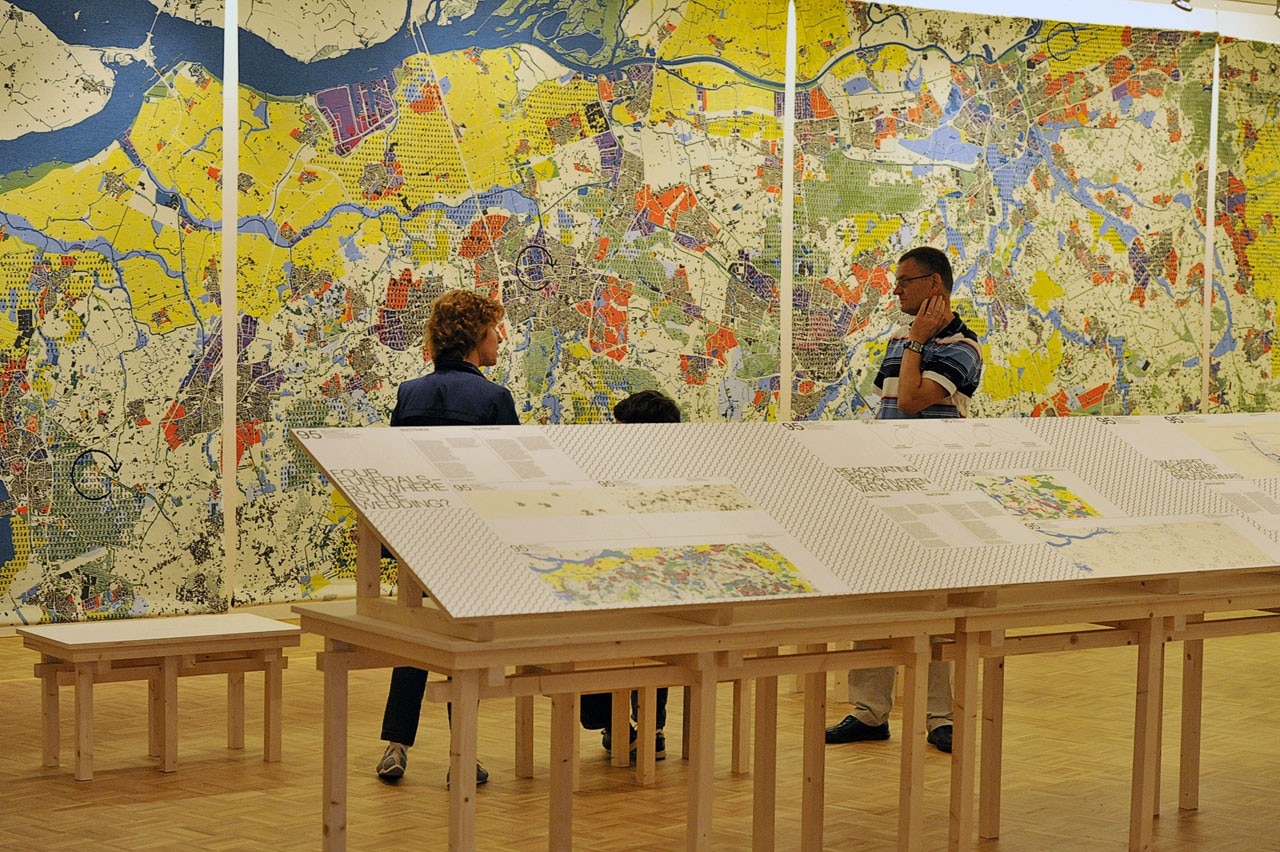
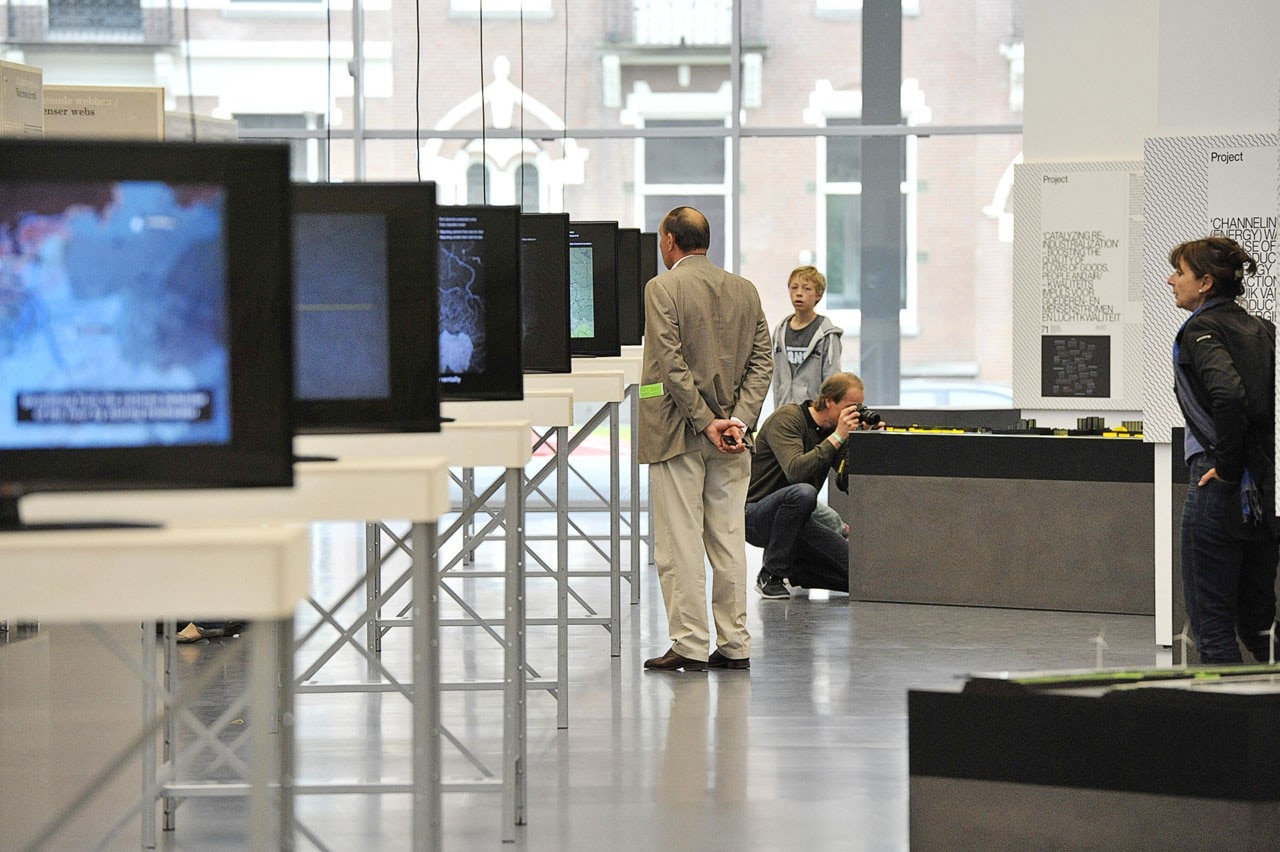
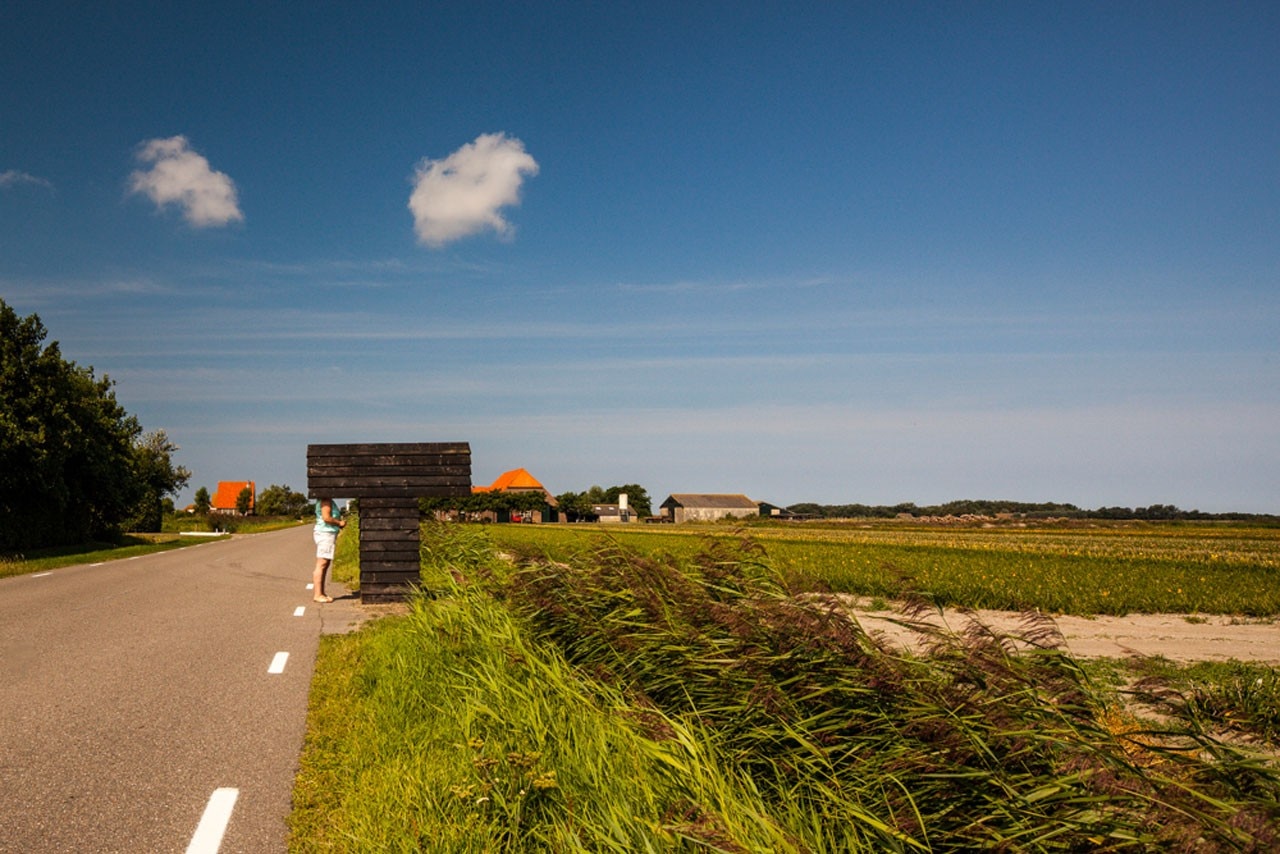
The terms metabolism, flow and infrastructure are key to “Urban by Nature” but the Biennale is thematically more complex. It has, for example, a special area given over to the “Rebuild by Design” competition, featuring designs that address the post-Hurricane Sandy reconstruction by OMA, BIG and West 8, among others, and one by Waggonner & Ball in New Orleans.
Sprawl regeneration is another recurrent issue that combines MIT CAU research into American suburbia and the revitalisation of an Abu Dhabi suburb. The urbanisation of river deltas, on the other hand, builds a bridge between research by the Berlage Institute in the metropolitan area of the Nile and TU Delft studies on the Netherlands.
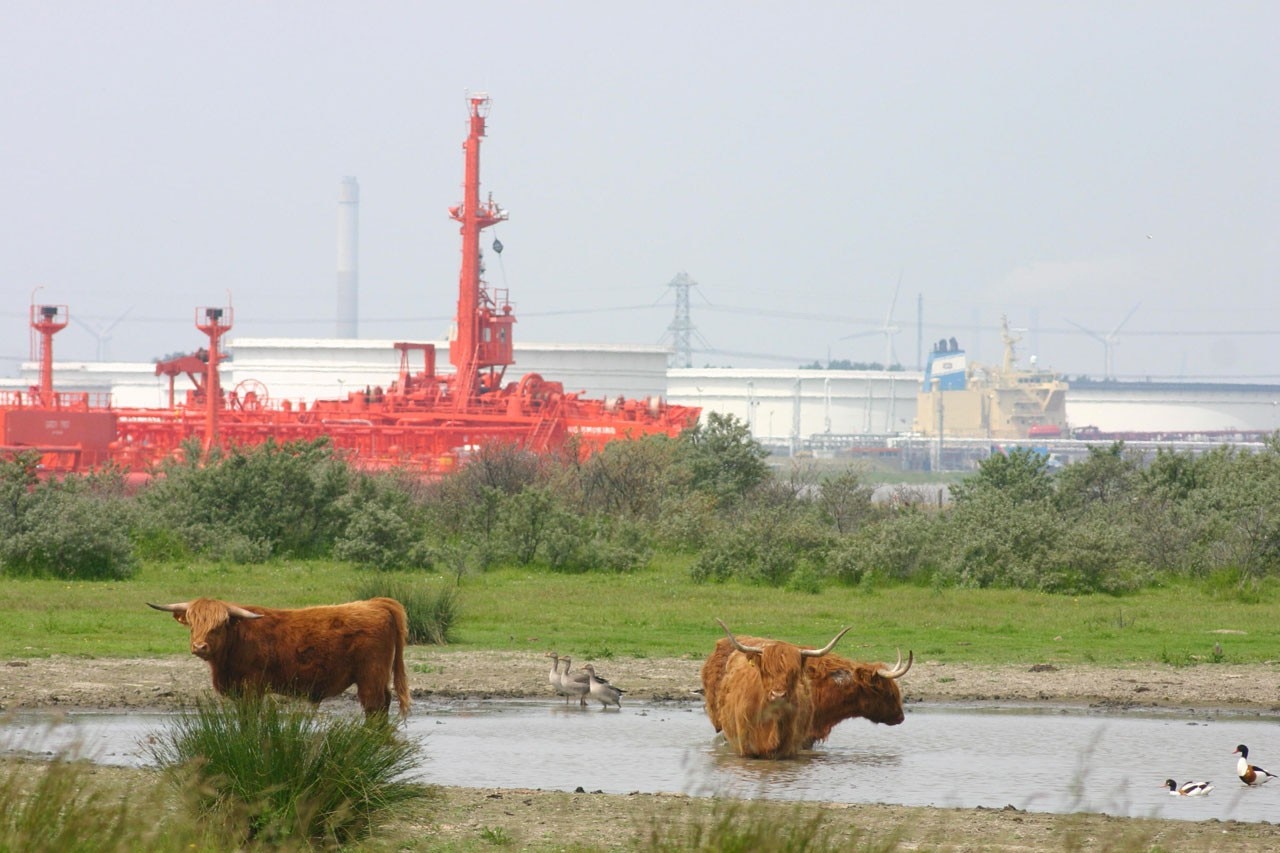
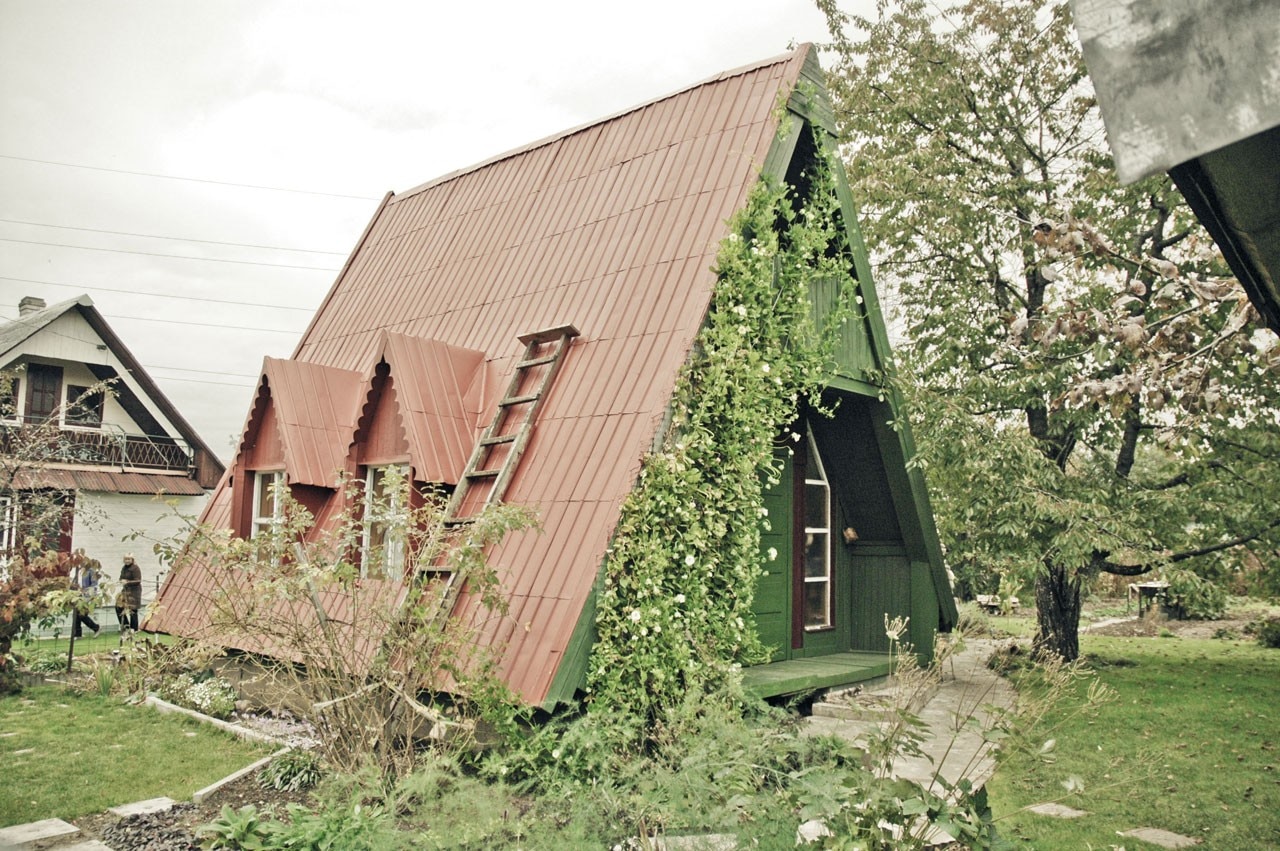
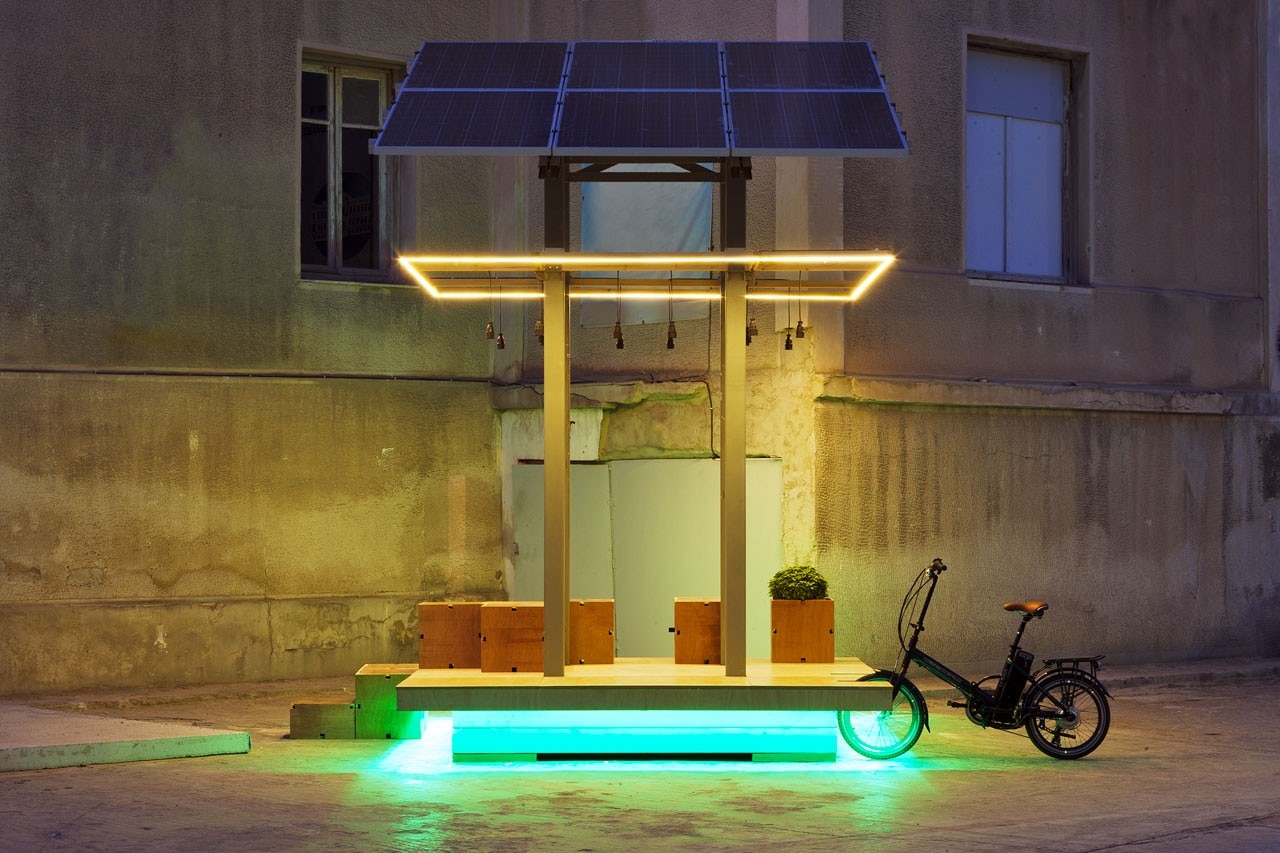
Until 24 August 2014
Urban by Nature. IABR 2014
various locations, Rotterdam


